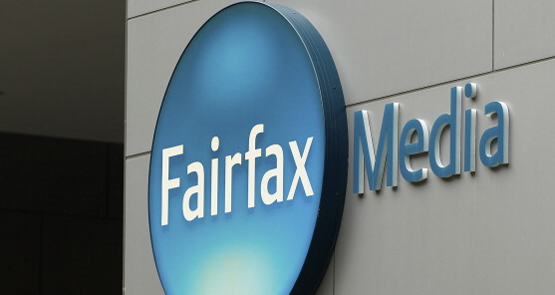Fairfax journalists at The Sydney Morning Herald and The Age will be given weekly updates on how all their stories are tracking online thanks to new “personalised dashboards”, which began to be rolled out last week.
The dashboards aren’t fully operational across all of Fairfax’s metro divisions, but reporters are currently receiving training on how to use them. While they’re yet to be rolled out at The Australian Financial Review, AFR journos who write across the Fin and the metro business section Business Day are also in the process of getting the dashboards.
In a note to staff sent two weeks ago and seen by Crikey, the dashboards were described as a “feedback tool” for journalists:
“Each reporter will soon start receiving a weekly update on how their stories have performed on measures such as page impressions, engagement time, video views, social shares and comments (some topics are already receiving these).
“Consider them a conversation starter with your topic editor for working out how to get the most engaged audience for your stories in future.”
Currently, section editors at the metro mastheads receive detailed feedback about how the stories in their sections are tracking online, and some of them occasionally pass that feedback on to their reporters. Reporters also have other ways of seeing what stories are doing well online — using crude measures such as the “most-read” tab on the website, or by keeping an eye on how long a story remains on the SMH or Age homepage (the online homepage division is said to be heavily influenced by traffic in choosing what to display).
But the dashboards mark a new development in not only showing what stories are doing well, but what stories are doing badly.
Some Fairfax journalists Crikey spoke to fear they’ll be discouraged from writing significant but relatively niche stories, simply because they won’t generate enough clicks.
“I’m deeply concerned its management’s way of introducing a new key performance index around online views,” one reporter told Crikey. “That could see a journalist’s value determined by how many Kanye West stories they write, instead of how many dry but important stories they do.”
But others were more nonchalant, telling Crikey they were happy to have the information at their fingertips.
Sean Aylmer, Fairfax’s group director of news and business media, says the feedback system will “influence” journalistic decision-making: “We are proud to give our reporters and editors as much information as possible about their audience, and, like comparable newsrooms around the world, using this data to help influence — but not dictate — the way in which we do our journalism.”
Currently there are no firm metrics around what journalists are meant to achieve on the dashboards. But given Fairfax’s stated commercial objective to grow and leverage its huge audiences, some journalists fear they may, in the future, face pressure to help maintain those audiences. Despite operating a soft paywall, the SMH is currently the second-most viewed news website in Australia, though News Corp’s free news.com.au has, in recent months, increased its lead over its second-placed rival.
Fairfax has, in the past, set online metrics for its journalists to reach. In July last year, Crikey revealed how its entertainment reporters had been told to reach at least 1000 followers on Twitter within a year.









Clickbait comes to Fairfax.
The Gen Y fools reign supreme as the journalism falls into the hands of the advertisers after about 150 years of fierce editorial independence.
The headline on the website shouts “Independent – Always”. I wonder if they’ll change it?
It’s not going to work, it will go for a while then die in the ase, I bet you. I can think of quite a few psychological reasons straight up, but you work it out.
Live by klik-bait, die. Simple.